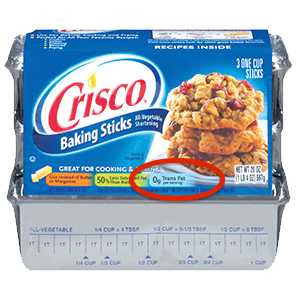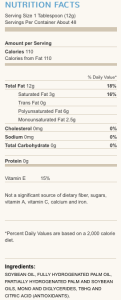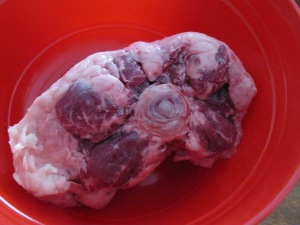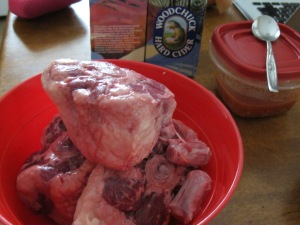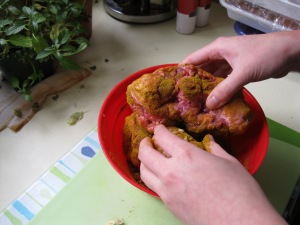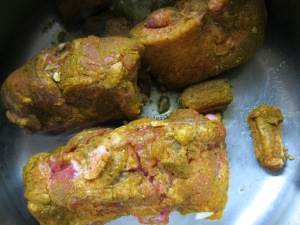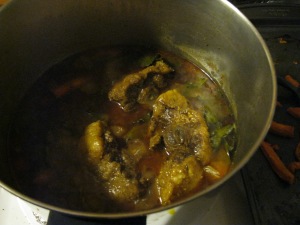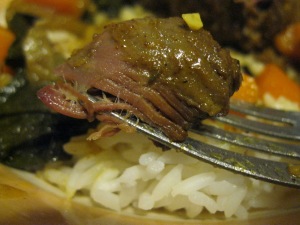Recently, the FDA has officially begun to phase out trans fat. The full consumer update can be found on the FDA’s website, but this post is here to provide more specific information on the importance of this decision. It states that partially hydrogenated oils (PHOs) have been regarded as unsafe for human consumption since 2013. Once you know the term PHO, it seems to pop up everywhere. I see it in peanut butter (except the freshly ground/natural) and even breakfast cereals. The chemical modifications implied by “partial hydrogenation” of lipids creates trans fat. You may wonder why this was invented in the first place? The entire purpose for its existence is to solidify liquid vegetable oils at higher temperatures, since vegetable oils are more easily obtained compared to the desirable animal lard (which is typically solid at room temperatures).
There has been shaming of the term trans fat, but not much shaming of the term partially hydrogenated oils. You may have noticed the clever advertising of many food products proudly exhibiting a 0 grams trans fat on the packaging. You may not have noticed the words “per serving” under the bigger and bolder letters. The FDA allows labels to advertise 0 grams trans fat if there is less than 0.5 grams per serving. A second look at the serving size suggests that there is quite a bit of trans fat in that product. Here’s an example of false advertisement in CRISCO vegetable shortening:
The packaging is clearly labeled 0 grams trans fat, but the serving size is 12 grams (or 1 tablespoon). If a recipe calls for 1 stick (1/2 cup) of shortening, as recipes often do, that can be a total of 32 grams of trans fat. The ingredients list shows case and point that partially hydrogenated oils are used to make a so called “0 grams trans fat” product.
The reason trans fats are so dangerous stems from a purely biochemical basis. The enzymes that digest lipids in our bodies cannot correctly metabolize the trans double bonds present in partially hydrogenated lipids, but can successfully digest lipids with cis bonds (present in unsaturated oils like olive oil). More information on the chemical process can be found here, but suffice to say, the modified lipids cause harm to our bodies by disrupting the lock and key mechanism for the fat metabolizing enzymes. In fact, the recommended storage for olive oils and fish oils (full of “good” fats also known as unsaturated fats) is in a dark cool space because daylight can cause the lipids to become partially hydrogenated.
Because the FDA plans to phase out PHOs as an ingredient, many of the loopholes that continued to allow trans fats in our food products should be taken care of, at least temporarily. I suspect research in food chemistry to officially announce a substitute soon, and that new chemical will flood the corporate and local markets. The actual disappearance of PHOs is expected to take 3 years. As for now, read nutrition facts labels with a critical eye, or limit that food altogether. Like I said before, PHOs are generally found in processed foods as it increases their shelf life. The foods that contain PHOs are generally snack/junk foods anyhow with lots of processed sugars and excessive salt.

